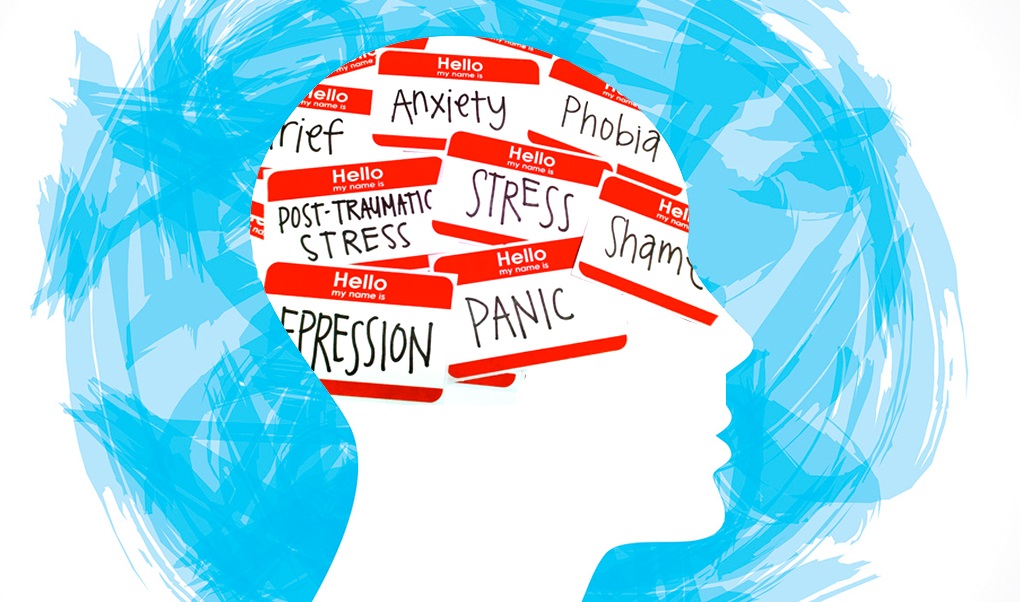It is your legal responsibility to ensure your employees’ health and safety at work. While the most important concern is usually to decrease the danger of physical injury on the job, you must also protect their mental health. This article is all about Mental Health Risk Assessment in United Kingdoms.
Workplace productivity might suffer as a result of mental health concerns, as does absenteeism. As a result, protecting employees from stress and mental health difficulties will benefit you. There may also be legal ramifications, as it is your duty of care to watch after your staff.
Risk assessments are one method for reducing occupational stress and mental wellness. Here, you identify and assist reduce the hazards posed to the employee.
Let’s take a look at how a mental health risk assessment form in the workplace might help you and your employees thrive.
Contents
Why Should You Utilise A Mental Health Risk Assessment?

With increased constraints on the ordinary employee both within and outside of the workplace, UK firms are seeing higher levels of absenteeism and presenteeism than in the past. Not only that, but companies are experiencing fewer productive employees when they are at work.
One problem is mental health. The body of evidence demonstrating the harmful effects of poor mental health at work continues to expand.
According to the 2018 mental health at work-study, three out of every five UK employees have experienced mental health concerns as a result of their job. According to the report, poor mental health caused by stress, despair, and anxiety accounts for a large share of illness absences in the UK.
The study demonstrates the commercial benefits of increased productivity and talent retention that a well-implemented wellness plan can provide. Prevention should be prioritized.
This is when risk assessment comes into play.
How to Fill Out the Mental Health Risk Assessment Form

Every firm is individual and will face unique obstacles. This is especially noticeable during the COVID-19 crisis when a large number of employees work from home and face social isolation.
We’ve designed a template that you may personalize for your company. You fill up the template by following the procedures outlined below.
Step one: Identify the stressors at work
There has been an initial evaluation. This might be of a company, a team, or an individual. It is entirely up to you how you obtain this information. It can be done by questions asked of the individual(s), workplace surveys, or occupational health service.
Step two: Sort the problems into categories
- We have already identified six major workplace stressors. These serve as the foundation for our risk assessment framework.
If you do not handle the elements listed below, you may have decreased production and higher sickness absence rates. The elements are as follows:
Role: whether or not people understand their role and whether or not the organization ensures that they do not have competing roles. - Demands: problems such as work habits, workload, and the work environment are examples of demands.
- Control: how much say a person has over how their work is done.
- Relationships: this includes encouraging positive collaboration to avoid conflict and dealing with inappropriate behavior.
conveyed within the company - Support: Encouragement, sponsorship and the organization’s resources are all examples of support.
- Change: how significant or little organizational changes are managed and communicated inside the organization.
Step three: Determine the course of action you will take.
You must now decide what you will do to address the concerns that you have recognized and classified.
The action you take will be determined by the context, whether it is from organizations or individuals. Senior management and the HR staff may be required if it is addressing teams or the entire organization. A meeting and an action plan may be sufficient for an individual.
Step four: Assign accountability.
You allocate the action to an appropriate team member now that you’ve decided on the actions you’ll take. This could be a line manager, a team member, human resources, or senior management.
Step five: Keep an eye on and reassess the risk assessment.
Risks can fluctuate over time or as the workplace changes. As a result, it is critical to review and conduct new risk assessments whenever circumstances change or after a period of time.
You must also keep track of any actions. People do this to measure their effectiveness, which they utilize to inform future assessments.
It is your job to ensure your employees’ safety and well-being at work. If you don’t, you’ll risk legal ramifications, lose your finest staff, and endure diminished productivity.
A Word From MantraCare
Do you want to keep your employees happy, healthy, and productive? Join our employee assistance program and get a healthier workplace.


